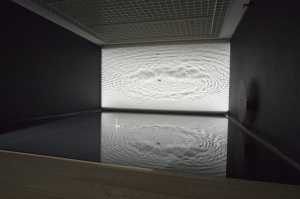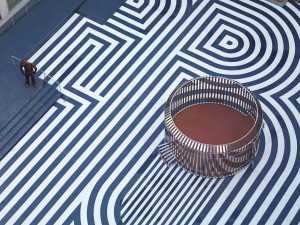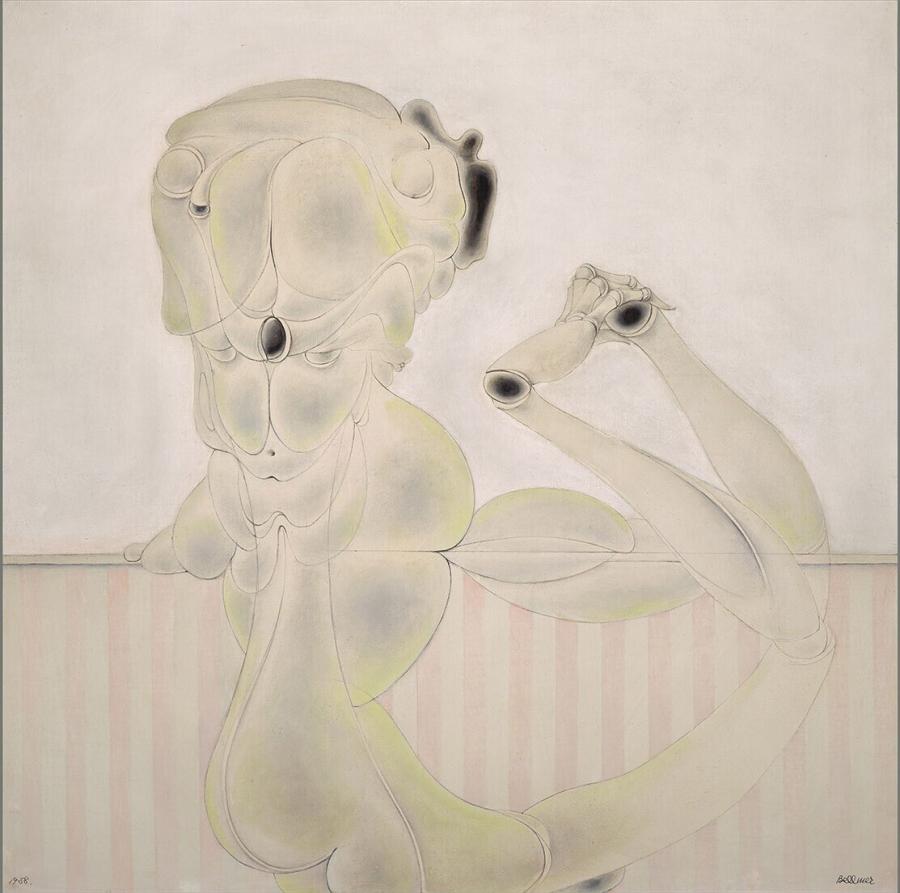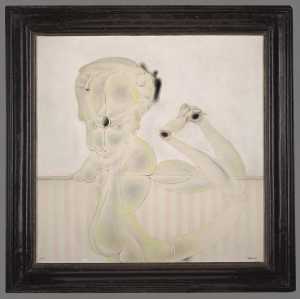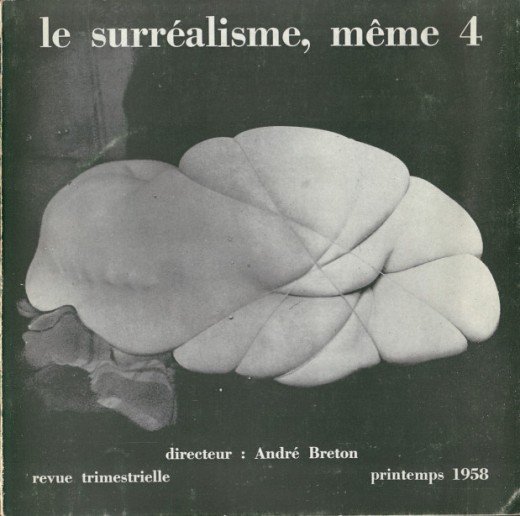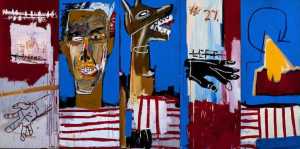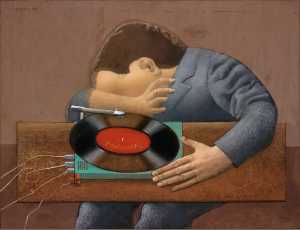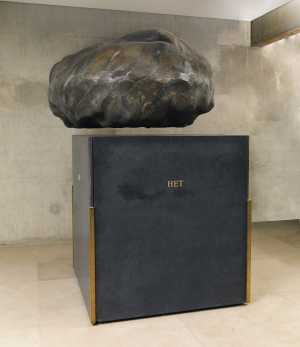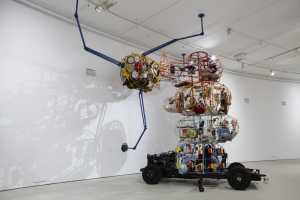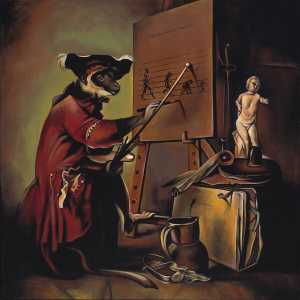Specifications
| Title | Désarticulation sur fond rayé |
|---|---|
| Material and technique | oil, pencil, brush and black ink on canvas |
| Object type |
Painting
> Painting
> Two-dimensional object
> Art object
|
| Location | This object is in storage |
| Dimensions |
Height 65,3 cm Width 65,3 cm |
|---|---|
| Artists |
Artist:
Hans Bellmer
|
| Accession number | 4204 (MK) |
| Credits | Purchased with the support of VriendenLoterij, 2018 |
| Department | Modern Art |
| Acquisition date | 2018 |
| Creation date | in 1958 |
| Provenance | René Rasmussen, Paris 1979; descendants of René Rasmussen 2016; Le Claire Kunst 2018 |
| Exhibitions | Hans Bellmer, Paris (Centre National d’Art Contemporain), 30.11.1971 – 17.01.1972 |
| Internal exhibitions |
De collectie als tijdmachine (2017) |
| External exhibitions |
A Surreal Shock. Masterpieces from Museum Boijmans Van Beuningen (2023) Surrealist Art - Masterpieces from Museum Boijmans Van Beuningen (2021) A Surreal Shock – Masterpieces from Museum Boijmans Van Beuningen (2021) Only the Marvelous is Beautiful (2022) Dalí, Magritte, Man Ray and Surrealism. Highlights from Museum Boijmans Van Beuningen (2023) |
| Research |
Show research A dream collection - Surrealism in Museum Boijmans Van Beuningen |
| Literature | Paris 1971 Bellmer, exh. cat. Paris (Centre National d’Art Contemporain) 1971, pp. 56-57 (untitled, described as peinture) |
| Material | |
| Object |
Do you have corrections or additional information about this work? Please, send us a message



